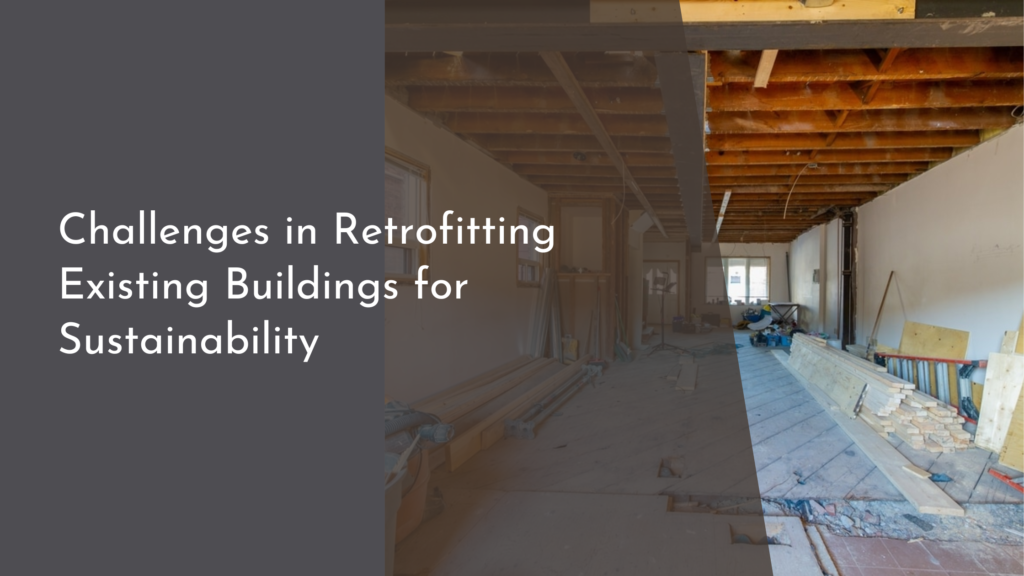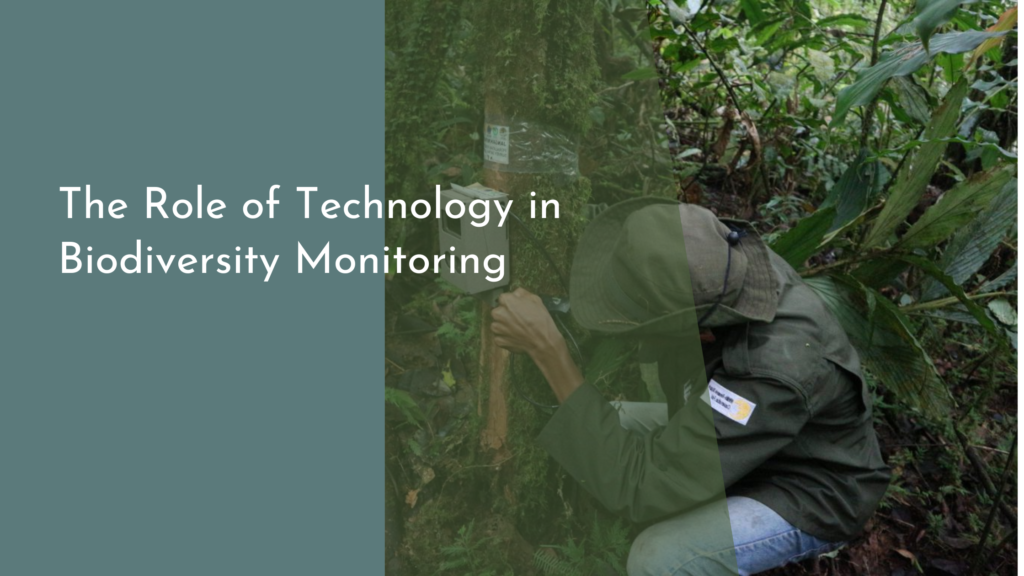Urban Disaster-Ready Green Shelters
As urban populations continue to swell, cities face an ever-increasing range of challenges, including natural disasters exacerbated by climate change. In response, innovative solutions are emerging that not only address safety concerns but also promote environmental sustainability. One such solution is the concept of "Urban Disaster-Ready Green Shelters." These multi-functional structures are designed to provide refuge during emergencies while simultaneously enhancing green spaces and biodiversity within urban areas. By combining safety with eco-friendliness, these shelters stand as beacons of hope and resilience in our cities.
The integration of green shelters into urban planning is gaining momentum, reflecting a broader movement towards sustainability and disaster preparedness. These structures typically incorporate natural elements such as vegetation, rainwater harvesting systems, and solar energy solutions, making them both functional and eco-conscious. Their adaptability allows them to serve as community hubs, education centers, or recreational spaces, ensuring they remain valuable even when not in use as emergency shelters. As more cities recognize the importance of such initiatives, green shelters are becoming essential features of modern urban landscapes.
Embracing Nature: The Rise of Green Shelters in Cities
The concept of green shelters is rooted in the idea of harmonizing urban living with nature. These structures are designed to blend into their surroundings, often featuring living walls, green roofs, and native plant landscaping that attract local wildlife. Such designs not only beautify the urban landscape but also contribute to improved air quality and biodiversity, creating a healthier ecosystem for city dwellers. As cities become more aware of environmental issues, the rise of green shelters marks a significant shift toward integrating nature within urban development.
Moreover, the rise of green shelters reflects a growing recognition of the importance of community spaces that prioritize sustainability. With the increasing risk of natural disasters, cities are shifting their focus from traditional emergency shelters to structures that serve multiple purposes. Green shelters can act as safe havens during crises, but they also provide educational opportunities about sustainability and disaster preparedness. This dual functionality enhances community engagement and fosters a deeper connection between citizens and their environment.
How Urban Disaster-Ready Shelters Enhance Community Resilience
Urban disaster-ready green shelters play a pivotal role in enhancing the resilience of communities facing natural disasters. By serving as safe havens during emergencies—such as floods, hurricanes, or heatwaves—these shelters provide not only physical protection but also a sense of security and belonging. The design of these structures often prioritizes accessibility, catering to individuals of all ages and abilities, ensuring that everyone has a refuge when disaster strikes.
In addition to immediate safety, these shelters foster community resilience by encouraging collaboration and preparedness. By providing spaces for emergency training, workshops, and community meetings, green shelters empower residents to engage actively in disaster readiness initiatives. This sense of collective responsibility strengthens social ties and allows communities to respond more effectively when crises occur, thereby reducing vulnerability and enhancing recovery efforts.
Eco-Friendly Innovations: Sustainable Designs for Safety
The design of urban disaster-ready green shelters is rooted in eco-friendly innovations that prioritize sustainability while ensuring safety. Architects and urban planners are increasingly incorporating materials that have a low environmental impact, such as recycled steel, sustainably sourced wood, and non-toxic insulation. Additionally, many green shelters utilize renewable energy sources, such as solar panels and wind turbines, to ensure that they remain operational during emergencies, further minimizing the carbon footprint associated with these structures.
Moreover, the incorporation of green technology—like water purification systems and composting toilets—enhances the self-sufficiency of these shelters. By employing such eco-friendly innovations, cities can create disaster-ready spaces that are not only safe but also support sustainable living practices. These designs serve as a model for future urban developments, demonstrating that safety and environmental stewardship can go hand in hand.
Join the Movement: Making Cities Greener and Safer!
As the world continues to grapple with the effects of climate change and urbanization, the need for greener, safer cities has never been more critical. Urban disaster-ready green shelters represent a proactive step towards building resilient communities. By supporting initiatives that prioritize the construction of these shelters, citizens can play an active role in shaping the future of their cities. Whether through advocacy, volunteering, or simply spreading awareness, everyone can contribute to this vital movement.
Join the growing chorus of individuals and organizations advocating for sustainable urban development. By embracing the concept of green shelters, we can create safer, more vibrant communities that thrive in harmony with nature. Together, we have the power to transform our cities into places that not only withstand disasters but also celebrate the beauty and benefits of green living. Let’s make our cities greener and safer—for ourselves and for generations to come!
Urban disaster-ready green shelters are more than just structures; they are symbols of hope, resilience, and sustainability. As cities increasingly recognize the importance of these innovative designs, we can expect to see a brighter, greener future on the horizon. By prioritizing safety and environmental stewardship, we can create thriving urban communities that not only endure challenges but flourish in the face of them. Let’s embrace this movement and pave the way for a safer, more sustainable world.


